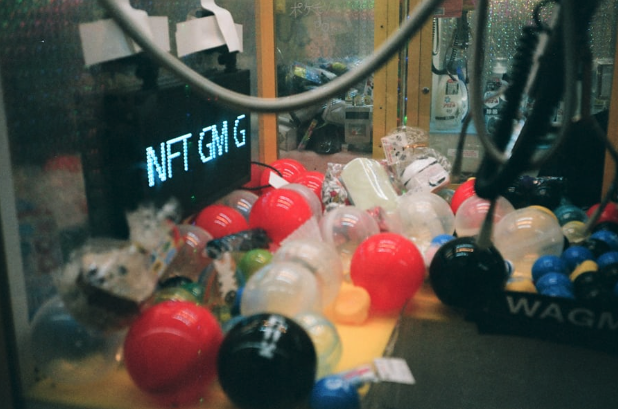
Where Are Altcoins Headed In Q1 2025
As we enter a new year, the crypto scene is on track to see a lot of changes. 2024 was a mammoth year for the space and from all indications, the first quarter of 2025 will build on this momentum. We can already predict that Bitcoin will make market gains thanks to renewed support from both the markets and mainstream institutions but what about altcoins?
There has been a significant influx of new tokens in the last year, with consumers eager to buy into what might be the next big crypto. It is not unusual to see a new crypto presale raising millions of dollars in a short time and generating hype that even legacy coins would be envious of. And come 2025, this should continue. Altcoins are not being left out of these developments as several of them are poised for similar success and in this article, we’ll explore some of these:
Ethereum
The second biggest token in the world is on track to have an eventful first quarter. So far, it has already reached a 7-year price high and experts believe that this number will rise even more thanks to the upcoming Pectra upgrade, coming in March. This upgrade was initially scheduled for late 2024 but faced some delays. Some of the changes to come with the Pectra upgrade include raising staking limits from 32 to 2,048 ETH, enabling account abstraction, and simplifying user wallets. Needless to say, it is highly anticipated by the community and could be the factor that triggers a bull run for the token.
XRP
XRP has had quite the journey so far and Q1 2025 is only going to see its ecosystem expand even more. In Late 2024, Ripple Labs launched RLUSD, its official stablecoin. 2025 started off with a bang as RLUSD has been listed on multiple exchanges like Bitso, MoonPay, CoinMina, Bullish, and Mercado Bitcoin. Besides dipping its toes into the stablecoin sector, its native token XRP has seen a price boost thanks to rumours that it will be the next crypto to be approved for a spot ETF by the SEC in the United States. With all these going on, XRP is predicted to be one of the big altcoins of 2025.
Dogecoin
Dogecoin might already be the biggest memecoin on the planet but its management has made it clear that 2025 is all about growth and driving mass token adoption. One way it is pursuing this is through the Dogebox Decentralized Infrastructure System. This system helps businesses integrate Dogecoin payments and pushes for open-source software development that is based on the blockchain. Dogecoin management has also gotten heavy industry support towards its growth plans, including a donation from Ethereum co-founder Vitalik Buterin and an anonymous donor. Outside of this, 2025 will see Dogecoin receive more mainstream publicity thanks to the creation of a US government program named after it and headed by Elon Musk.
Solana
Q1 2025 has seen the Solana ecosystem aggressively testing the Firedancer upgrade, which many believe is going to revolutionize the sector. The Firedancer upgrade involves a third-party validator client software that will increase the network’s processing power and efficiency. Once this is completed, Solana will be a faster and better blockchain and this will increase its demand, which will increase the value of the native token. On top of this, Solana is rumoured to be pursuing a spot ETF at some point in 2025 and JP Morgan estimates that it could bring in as much as $14 billion if it goes through. If the public can get some sort of update about this in Q1 2025, its price should increase even more.
Tether
In terms of stablecoins, virtually no token comes close to Tether, though Q1 2025 will see it fighting to stay on top. XRP’s new stablecoin poses some serious competition for Tether and it will be interesting to see how things unfold. The Tether Group, on its part, kicked off the year by establishing a new headquarters in El Salvador, which is famously the first country to accept Bitcoin as legal tender. But according to CEO Paolo Ardoino, this decision is, “a natural progression for Tether as it allows us to build a new home, foster collaboration, and strengthen our focus on emerging markets.”
The Overall Industry Trajectory
A common trend with all the altcoins examined is that ecosystems are being developed and the regulatory landscape is favouring the crypto sector. These can be credited to the fact that the crypto sector is bigger than ever. As such, even legacy projects like Ethereum and Solana have to increase their efficiency to keep up with growing demand and stand out from the competition.
Then there is the fact that regulators are on track to be less hostile to crypto as a whole. Take XRP, which was locked in a legal battle for years but might now get its own ETF. The incoming US presidential administration appears to have a lot to do with this and many believe that the next few years will usher in unprecedented support for the crypto sector. This goes beyond just the individual tokens that might get ETFs and includes more laws that benefit the space and less hostility towards companies within it.
With all these in mind, both the aforementioned altcoins and the crypto industry as a whole has much to look forward to in 2025.








